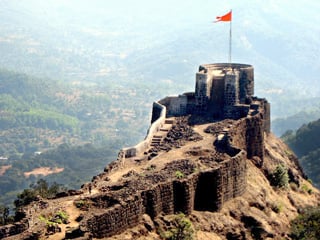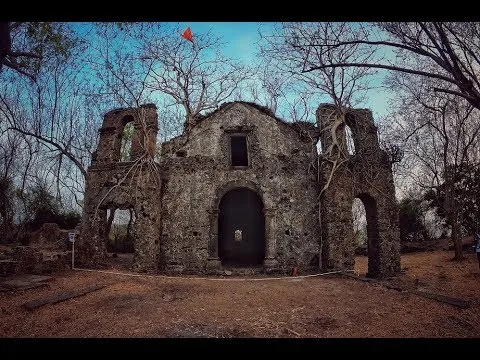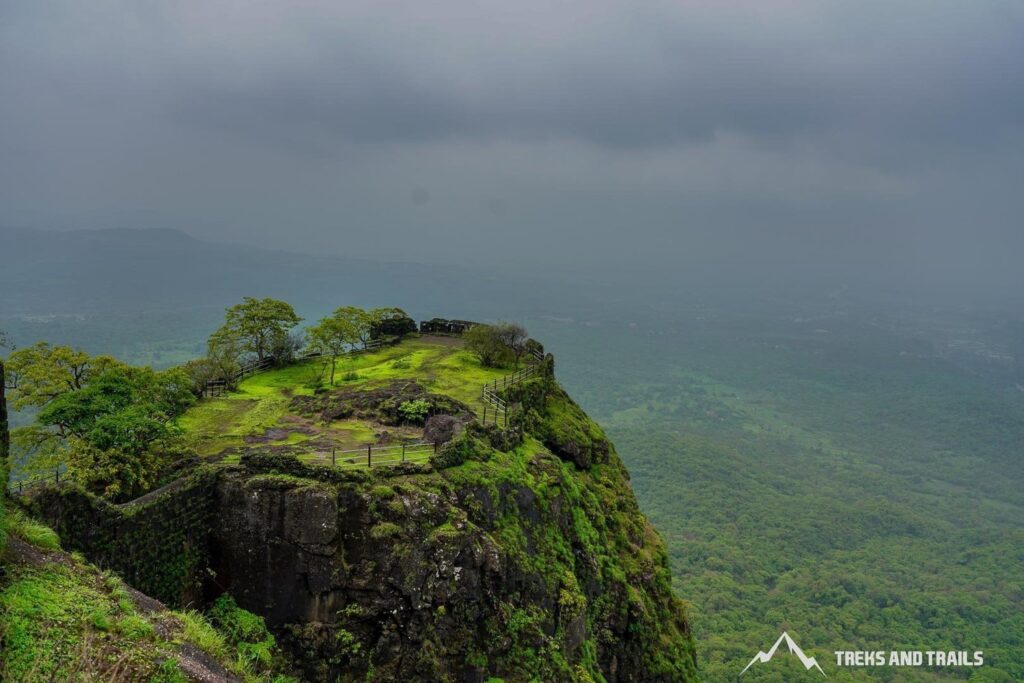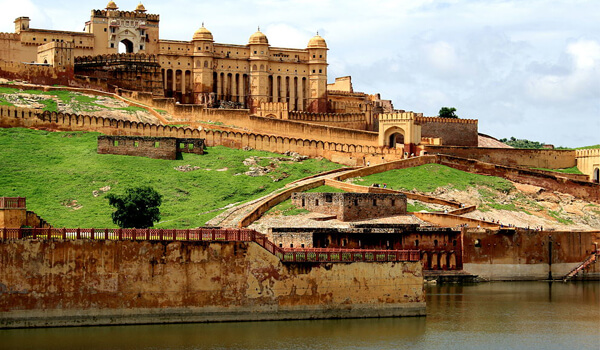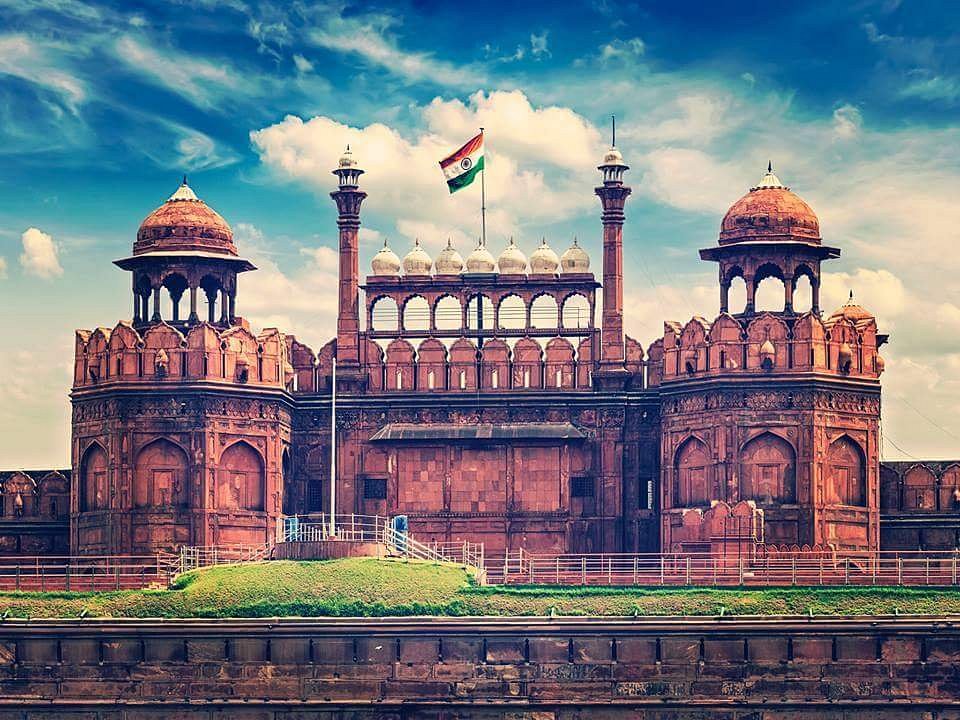Nestled amidst the rugged hills of the Sahyadri range in the state of Maharashtra, India, Shivneri Fort stands as a testament to the rich history and martial heritage of the Maratha Empire. Perched atop a steep hill, this formidable fortress has witnessed centuries of triumphs, struggles, and conquests, earning its place as a symbol of Maratha pride and resilience. In this article, we delve into the captivating history, architectural splendor, and enduring significance of Shivneri Fort, exploring its role in shaping the destiny of the Maratha people and leaving an indelible mark on the landscape of Indian history.
Historical Origins
The origins of Shivneri Fort can be traced back to ancient times, with historical records suggesting that it was originally constructed during the Satavahana dynasty, which ruled over parts of central and southern India from the 1st century BCE to the 3rd century CE. The fort’s strategic location atop a steep hill provided a natural vantage point for surveillance and defense, making it an ideal stronghold for the ruling dynasties of the region.
However, it was during the medieval period that Shivneri Fort rose to prominence as a bastion of Maratha power and resistance. In the early 17th century, the fort came under the control of Shahaji Bhosale, a prominent Maratha noble and father of the legendary warrior king, Chhatrapati Shivaji Maharaj. Under Shivaji’s leadership, Shivneri Fort underwent significant renovations and fortifications, transforming it into a formidable fortress that played a pivotal role in the Maratha resistance against Mughal rule.
Architectural Splendor
The architectural layout of Shivneri Fort is a testament to the ingenuity and craftsmanship of its builders, blending elements of military fortification with aesthetic beauty. The fort is encircled by massive stone walls, punctuated by bastions, watchtowers, and gateways, designed to withstand enemy assaults and provide ample protection to its inhabitants.
At the heart of the fort lies a citadel, which served as the residence of the ruling elite and housed administrative buildings, granaries, and living quarters. The citadel is surrounded by a series of courtyards, gardens, and reservoirs, reflecting the importance of water conservation and agricultural sustainability in the fort’s design.
One of the most iconic features of Shivneri Fort is the imposing entrance gate, known as the ‘Kalyan Darwaza’, which is adorned with intricate carvings and sculptures depicting mythological figures and scenes from Hindu epics. The gate is flanked by statues of Shivaji and his mother, Jijabai, paying homage to the fort’s illustrious history and the indomitable spirit of the Maratha warriors.
Strategic Significance
Strategically situated atop a hill overlooking the surrounding plains, Shivneri Fort played a crucial role in shaping the destiny of the Maratha Empire and thwarting the advances of rival powers. Its elevated position provided a commanding view of the surrounding terrain, allowing the defenders to monitor enemy movements and launch preemptive strikes when necessary.
During times of conflict, Shivneri Fort served as a crucial stronghold for the Maratha forces, offering refuge to the civilian population and serving as a base of operations for military campaigns. Its rugged terrain and formidable defenses made it impervious to enemy sieges, earning it a reputation as an unconquerable fortress in the annals of Indian military history.
Moreover, Shivneri Fort served as a symbol of Maratha unity and resilience, inspiring generations of warriors to rise up against foreign oppression and defend their homeland. The legacy of Shivneri Fort lives on in the hearts and minds of the Maratha people, serving as a reminder of their proud heritage and the sacrifices made by their ancestors in the pursuit of freedom and self-determination.
Cultural Heritage
Beyond its military significance, Shivneri Fort is also a treasure trove of cultural heritage, boasting a rich tapestry of art, architecture, and folklore that reflects the diverse influences of the region. The fort’s architecture bears testimony to the ingenuity and skill of its builders, who employed traditional techniques and materials to create enduring monuments that stand the test of time.
In addition to its architectural splendor, Shivneri Fort is also steeped in myth and legend, with numerous tales and anecdotes woven into its storied history. According to popular belief, Shivaji Maharaj was born within the confines of the fort in 1630, an event that marked the beginning of a new era of Maratha glory and independence.
Today, Shivneri Fort stands as a popular tourist destination and pilgrimage site, attracting visitors from far and wide who come to explore its ancient ruins, soak in its panoramic views, and immerse themselves in its rich cultural heritage. The fort’s serene surroundings and tranquil ambiance offer a welcome respite from the hustle and bustle of modern life, providing visitors with a glimpse into the glorious past of the Maratha Empire.
Conclusion
Shivneri Fort stands as a living testament to the valor, resilience, and cultural legacy of the Maratha people, serving as a beacon of hope and inspiration for future generations. From its humble origins as a hilltop stronghold to its pivotal role in shaping the destiny of the Maratha Empire, the fort has witnessed centuries of triumphs and tribulations, leaving an indelible mark on the landscape of Indian history.
As we gaze upon the weathered ramparts and crumbling bastions of Shivneri Fort, we are reminded of the courage and determination of those who came before us, who fought tirelessly to defend their homeland and preserve their way of life. In the quiet solitude of the fort’s ancient ruins, we find echoes of a bygone era, where the clash of swords and the thunder of cannons resounded through the valleys, and the spirit of the Maratha warrior burned bright in the hearts of all who dared to dream of freedom and glory.

